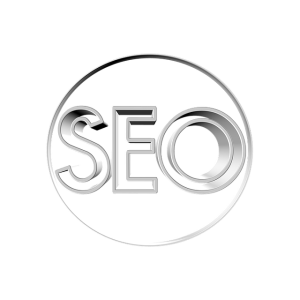Understanding and leveraging on-page analytics is crucial for SEO Content Optimization. By tracking key metrics like page views, session duration, and bounce rate, content creators can optimize HTML markup, meta tags, and headings to boost user engagement and search engine rankings. This includes crafting compelling title tags, meta descriptions, strategic keyword placement, effective header tags, engaging visual elements, and implementing internal linking for a comprehensive SEO Content Optimization strategy that drives organic traffic and enhances online visibility.
“Elevate your SEO strategy with our comprehensive On-Page Analytics Masterclass. This guide unveils the intricacies of on-page optimization, the backbone of successful SEO content strategies. From mastering key analytics metrics to fine-tuning title tags and meta descriptions, each section offers actionable insights. Learn how keyword placement techniques enhance readability while improving searchability. Discover the role of header tags in structured data and the impact of visual elements on user engagement. Embrace best practices for internal linking to unlock valuable SEO benefits.”
Understanding On-Page Analytics: The Foundation of SEO Content Optimization
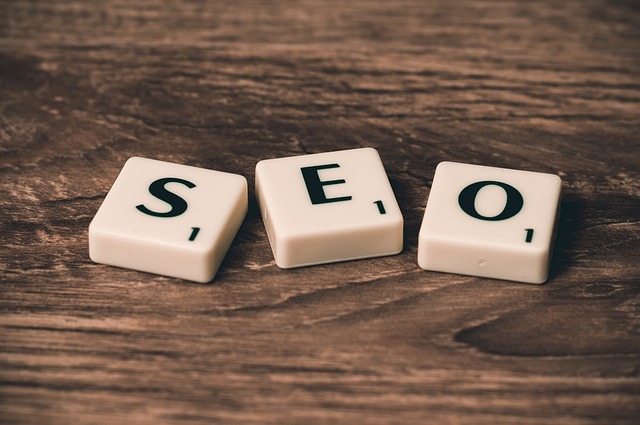
Understanding On-Page Analytics is a cornerstone in the realm of SEO Content Optimization. It involves delving into key metrics that provide insights into how search engines interact with your webpages, offering crucial information on user behavior and page performance. By analyzing these data points, content creators and marketers can make informed decisions to enhance the visibility and ranking potential of their online content.
On-Page Analytics tools equip professionals with the ability to navigate a labyrinthine landscape of metrics, identifying areas for improvement. These insights enable strategic adjustments to HTML markup, meta tags, headings, and other on-page elements, fostering a symphony of optimized content that resonates with both search algorithms and user expectations. Ultimately, this foundation facilitates the creation of SEO-friendly content that drives organic traffic and boosts online visibility.
Key Metrics to Track for Effective On-Page Strategy
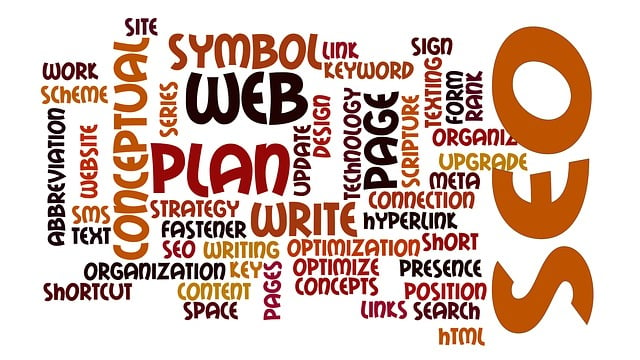
When crafting an on-page strategy, understanding and tracking the right metrics is crucial for success in SEO content optimization. Key performance indicators (KPIs) such as page views, average session duration, and bounce rate offer insights into user engagement and website interactivity. By analyzing these metrics, you can identify high-performing pages that resonate with visitors and areas that need improvement.
Additionally, tracking keywords rankings for targeted SEO keywords is essential. Monitoring the position of your chosen keywords on search engine result pages (SERPs) helps gauge the effectiveness of your content in reaching its intended audience. This data guides future content creation and optimization efforts, ensuring your pages remain competitive and relevant in their respective niches.
Optimizing Title Tags and Meta Descriptions: A Deep Dive
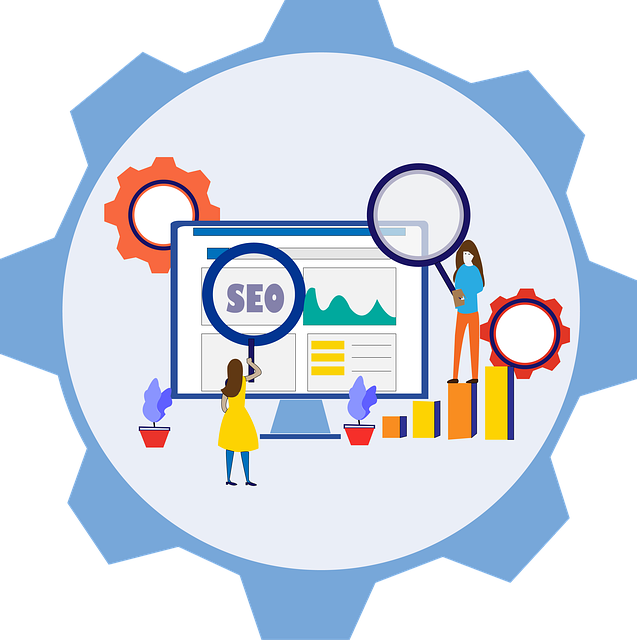
Optimizing title tags and meta descriptions is a crucial aspect of SEO content optimization that often goes overlooked. These elements serve as the first point of contact between your website and potential visitors, making them critical for driving click-through rates (CTRs) and improving search engine rankings. A well-crafted title tag should be unique, relevant, and engaging, accurately reflecting the content of the page while incorporating target keywords naturally. On the other hand, meta descriptions provide a concise summary of the page’s content, encouraging users to click through by highlighting key benefits or addressing their pain points.
When optimizing these components, it’s essential to maintain a balance between attracting readers and adhering to search engine guidelines. Over-optimizing with excessive keyword stuffing can trigger penalties from search engines. Instead, focus on creating compelling copy that resonates with your target audience. Conduct thorough keyword research to identify phrases with high search volumes and low competition, integrating them seamlessly into your title tags and meta descriptions. Regularly testing different variations through A/B experiments can also help you pinpoint what performs best for enhancing user engagement and boosting organic traffic.
The Art of Keyword Placement: Enhancing Readability and Searchability

In the realm of SEO Content Optimization, the art of keyword placement is a delicate balance between enhancing readability and boosting searchability. Strategically incorporating keywords into your content ensures it resonates with both human readers and search engines. This approach involves more than just stuffing keywords; it’s about creating a natural flow that improves user experience while aligning with search intent.
By integrating keywords seamlessly into headings, subheadings, and body text, you not only increase the likelihood of ranking higher in search results but also make your content more accessible and engaging. Well-placed keywords guide both readers and algorithms through your content, fostering a better understanding of its context and value. This technique is pivotal in today’s digital era where both quality content and effective SEO strategies are paramount for online success.
Unlocking the Power of Header Tags in Structured Data
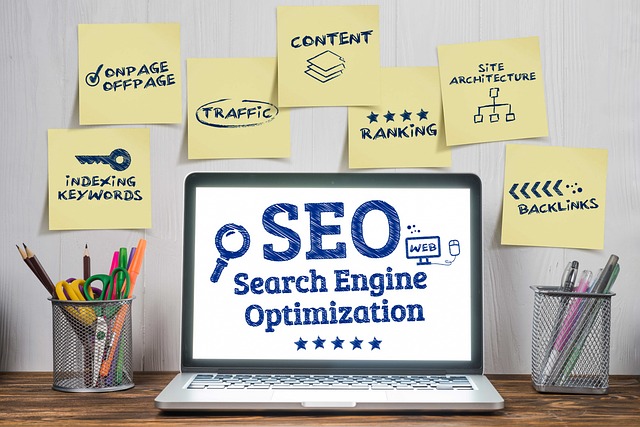
Header tags are a powerful tool in your SEO content optimization arsenal, often overlooked yet incredibly valuable for structured data. These tags provide a clear hierarchy and context to your web pages, allowing search engines to understand the content better. By strategically placing H1, H2, H3, etc., tags, you create a structured framework that enhances both user experience and search engine visibility.
Each header tag communicates the importance of specific sections within your content, making it easier for users to navigate and for search algorithms to index. This is especially crucial when dealing with complex topics or long-form content. Well-structured headers not only make your web pages more readable but also enable search engines to accurately represent your content in rich snippets, thus driving better engagement and click-through rates.
Visual Elements and Their Impact on User Engagement

Visual elements play a pivotal role in enhancing user engagement, especially within the context of on-page analytics and SEO content optimization. Incorporating high-quality images, infographics, and videos can significantly boost visitor interest and retention. These multimedia components serve as powerful tools to illustrate complex ideas, break up text-heavy content, and provide an aesthetically pleasing experience. By strategically placing these elements, website owners can guide users’ attention to crucial call-to-action buttons or key information sections.
Moreover, visual assets contribute to improved SEO strategies by increasing the overall quality of a webpage. Search engines, including Google, have demonstrated a preference for content that is visually rich and mobile-friendly. Well-optimized images with descriptive alt tags can enhance page load speeds, improve click-through rates, and ultimately drive better search engine rankings. This harmonious blend of visual appeal and SEO optimization ensures that web pages not only captivate visitors but also perform exceptionally in the digital realm.
Best Practices for Internal Linking and Its Benefits
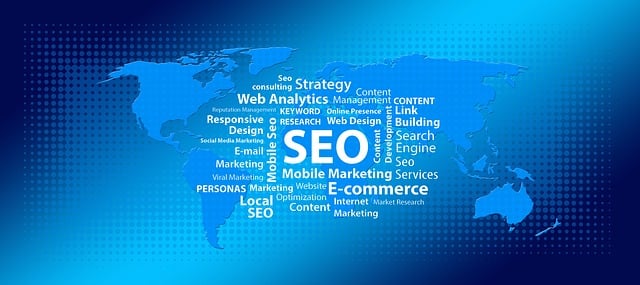
Internal linking is a powerful strategy within SEO content optimization that connects relevant pages on your website, enhancing user experience and search engine crawling efficiency. Best practices involve using anchor text that accurately represents the linked page’s content, ensuring a natural flow of links throughout your site’s information architecture. This approach not only improves navigation for users but also signals to search engines the importance and relevance of connected pages.
By implementing effective internal linking, you can boost the visibility of your website’s valuable content, reduce bounce rates, and increase time spent on-site. It facilitates a more comprehensive understanding of your site’s topic coverage, allowing search engines to index and rank your pages more accurately. This, in turn, drives organic traffic and improves overall SEO performance.
